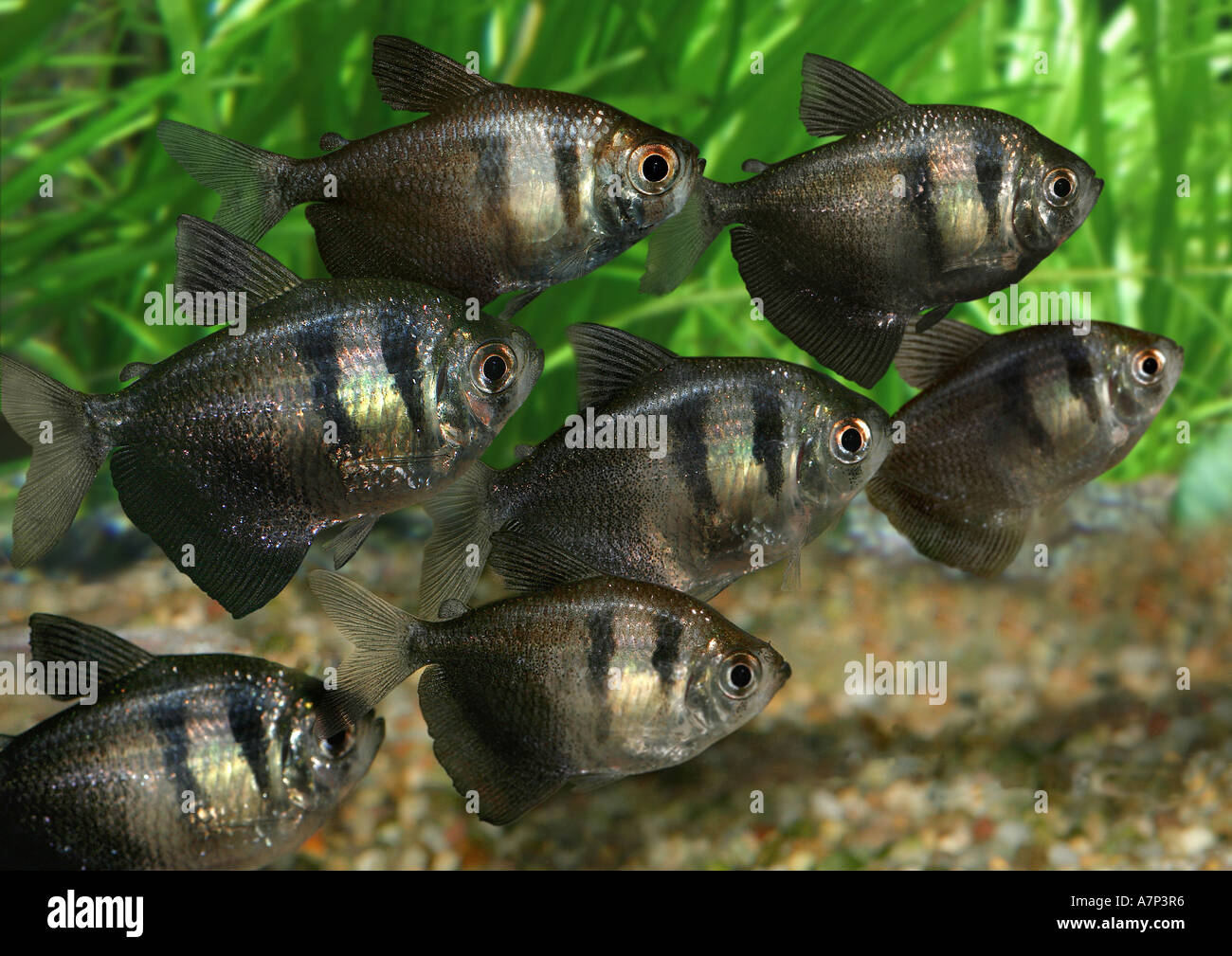
There is an appealing translucent hue to make them stand out.Ī brighter and reflective grayish silver color dominates the front part of the body, especially the head. Instead, they boast a unique gradient color comprised of black, gray, and silver. Unlike other tetra fish in the Characidae family, they don’t have bright colors. This unique body shape makes black skirt tetras special to many aquarium enthusiasts. What Does a Black Skirt Tetra Look Like?Įvery black skirt tetra comes with that stunning tetragonal shape of the Characidae family that people love so much. Some of the variations of this schooling species are genetically modified. Instead, they are bred in captivity for selling by skilled aquarists and aquaculture farms. However, the black skirt tetra fish you see on the market today do not come from these wild regions, although that’s what happened initially. Nature seems to have an endless supply of food for them. They move in schools and prefer swimming near the surface, feeding on small insects, worms, and crustaceans. That’s how black skirt tetras like their water. The water in these regions tends to be cool, comfortable, and shaded. That’s because these fish originate from the beautiful freshwater rivers of Paraguay, Brazil, and Northeast Argentina, especially the Paraguay and Guapore River basins. We will have to travel deep into the South American basins and rivers to find out their origin history. Chloroquine Phosphate Aquarium Dosing Calculatorġ4 Final Words A Brief Overview of Black Skirt Tetra Scientific Nameīlack Tetra, Petticoat Tetra, Black Widow TetraĬompatible with Non-Aggressive Aquarium Fishīlack skirt tetra (Gymnocorymbus ternetzi) is a prominent member of the Characidae family.They prefer to be kept in groups of six or more to school and feel secure. They can be fed commercial flakes, granules and small pellets as a staple diet, with occasional feedings of meaty frozen or freeze dried treats such as bloodworms, plankton, mysis or brine shrimp. These fish prefer aquariums with plenty plants and ornamentation to explore, but also need plenty of open space to swim. These schooling fish can be very colorful and are popular for community tanks. Rasboras are actually small members of the carp family. Danios have interesting markings and are generally hardy and peaceful. They are fast and active swimmers and they like a long tank to swim in. Tetras include small species such as the vibrant neon and cardinal tetras to much larger and more robust species like Buenos Aires Tetras and Congo Tetras.ĭanios are commonly recommended as "starter fish" and dither fish. They can be distinguished from other schooling community fish by the small adipose fin present between the dorsal fin and the tail. Tetras are probably the the largest group of fish offered for community aquariums. Most of these fish fairly easy to care for and have similar water chemistry and care requirements. They can grow anywhere from a few centimeters to a few inches, and can add movement to any freshwater fish tank. Though these fish are rather small, pleasant temperaments, schooling behaviors they exhibit and a vast variety of colors and shapes make them popular in the hobby. Many tropical community aquariums are populated with tetras, rasboras and other similar schooling fish. Because of this, they should not be kept with very small or timid species.

This tetra gets relatively large and can become nippy to some small tank mates. The White Skirt Tetra has the same shape but is solid white in color. The Black Skirt Tetra is the "natural" form and has two black bars on its sides and fades from silver in the front to black towards the rear. The Black Skirt Tetra and White Skirt Tetra are two very different color variations of the same species, Gymnocorymbus ternetzi.


 0 kommentar(er)
0 kommentar(er)
